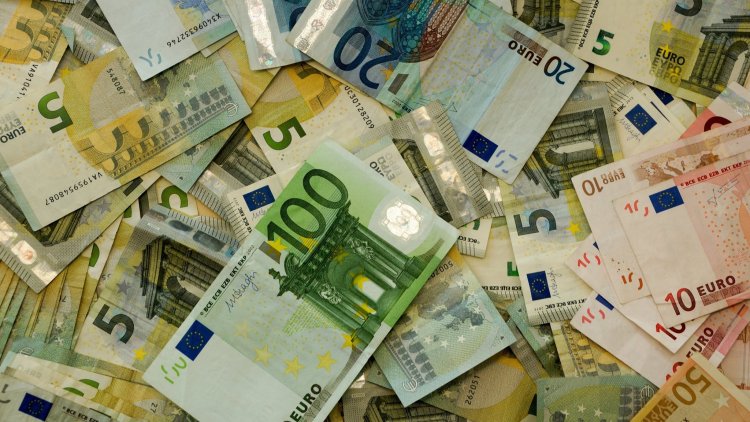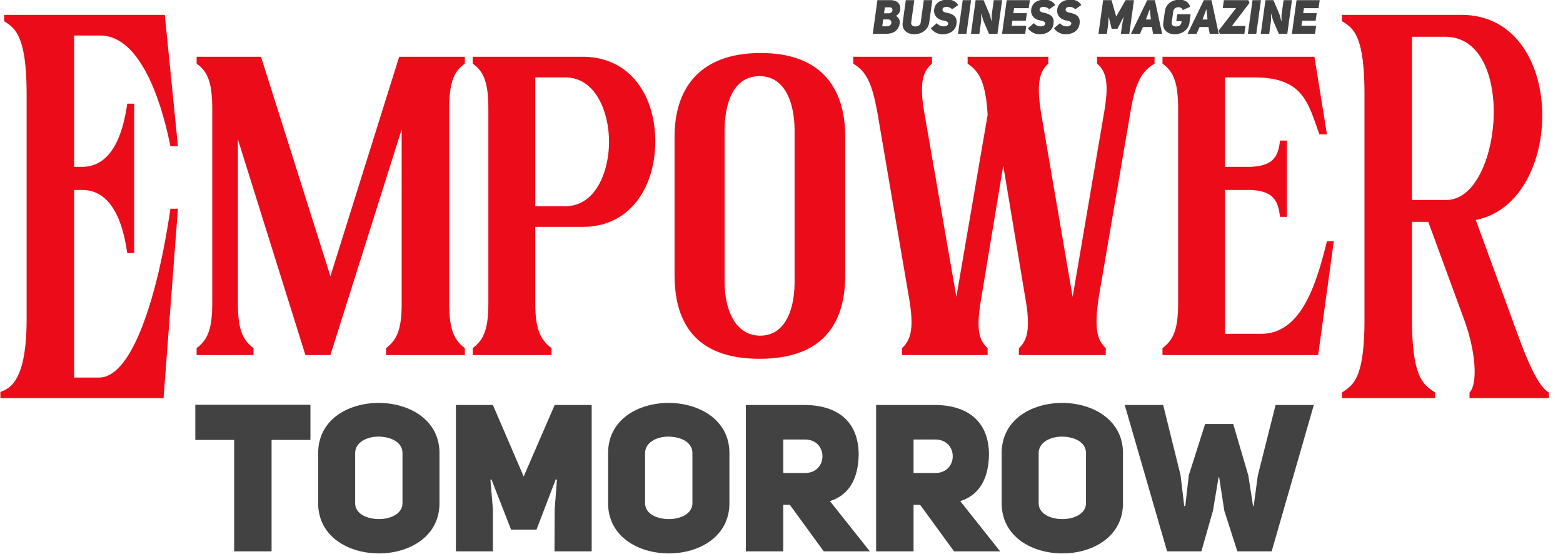Which is greater.. the money flows in the European or American financial markets?
The European money market fund sector is much smaller than in the United States.

Investors poured $367 billion into US money market funds in March, according to data provider EPFR, as the collapse of a Silicon Valley bank sent stocks tumbling and prompted questions about the safety of bank deposits.
In Europe, investors invested 17.7 billion euros ($19.35 billion) in euro-denominated money market funds in March, according to Refinitiv Liber data, when the Credit Suisse crisis rocked markets.
That was a big jump from the previous three months, and the biggest influx since November in the wake of the disastrous UK budget. But the flows to Europe pale in comparison to the torrents of US money.
Low level of inflows
Some analysts said the low level of inflows indicated that investors remained confident in European banks in general despite the collapse of Credit Suisse.
Other analysts said it was due to the fact that euro money market funds lag behind US funds and focus more on the private sector, especially bank debt.
What is a money market fund?
A money market fund (MMF) is an investment fund that invests in highly liquid - that is, the ease of buying and selling - short-term debt products, such as those issued by governments or highly rated companies. Companies and investors consider them safe places to park cash.

European money market
The European money market fund sector is much smaller than in the United States.
US MMF assets rose to $5.2 trillion in March from $2.5 trillion in 2014.
Europe-based MMFs - including funds in sterling and dollars - have grown from €1tn in assets in 2014 to around €1.5tn, based on data from the European Fund and Asset Management Association (EFAMA). About 40% of this money is denominated in euros.
Withdraw money from US banks
Analysts said the huge inflows into US MMFs in March were driven in large part by companies and investors pulling their money out of banks.
Households and businesses withdrew a record $174.5 billion from U.S. commercial banks in the week ending March 15, as both Silicon Valley and Signature Bank collapsed.
Greater confidence in European banks
“The investor reaction seems to suggest that investors have more faith in European banks right now than they do in the US,” said Michael Metcalfe, head of macro strategy at State Street Global Markets.
European banks are also passing on interest rate increases more actively, which encourages customers to keep their money locked up, said Nikolaos Panigirzoglou, a strategist at JPMorgan.
New deposits with an agreed maturity date can earn 2.31% in the eurozone on average, comparable to the European Central Bank interest rate of 3% and a yield on MMFs approaching the ECB rate.

In the US, one-year deposit yields are 2.24%, compared to the Federal Reserve's interest rate range of 4.75% to 5%.
The latest ECB data shows that customers withdrew 143 billion euros of overnight deposits in eurozone banks in February, although they also put 83 billion euros into deposits with an agreed maturity of up to two years.
ECB Governing Council member Isabel Schnabel said in late March that eurozone banks had not seen a general influx of deposits despite the banking tremors.


 Shrouq
Shrouq 












